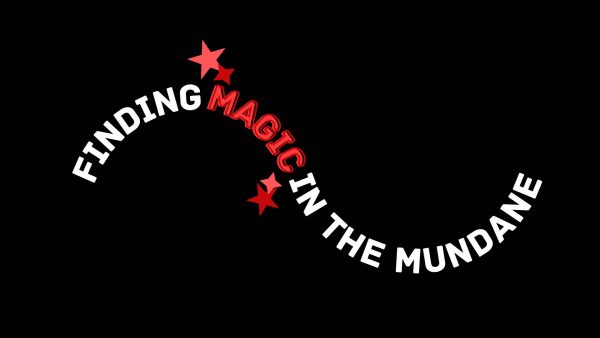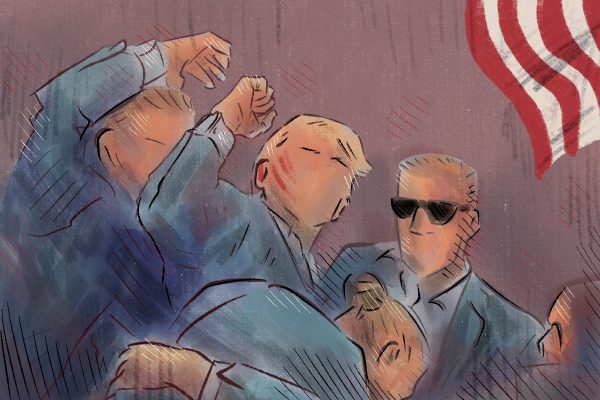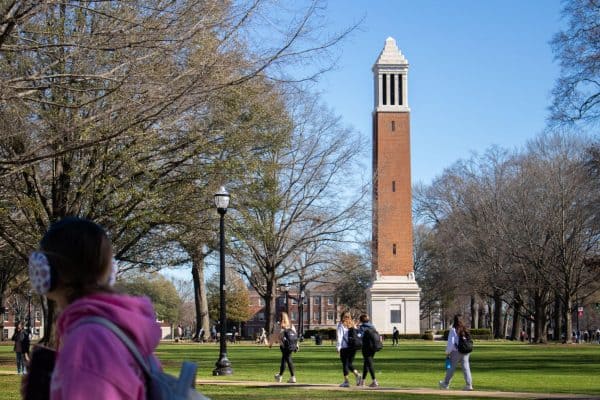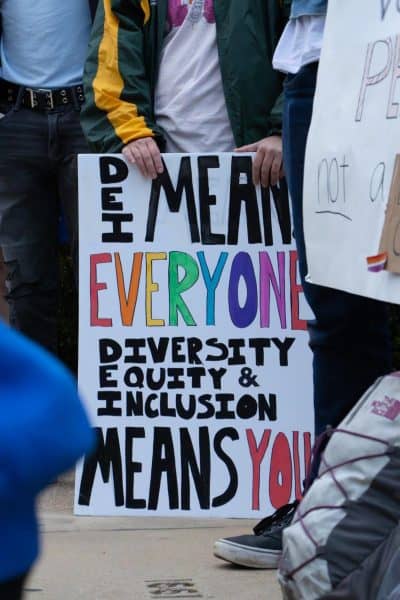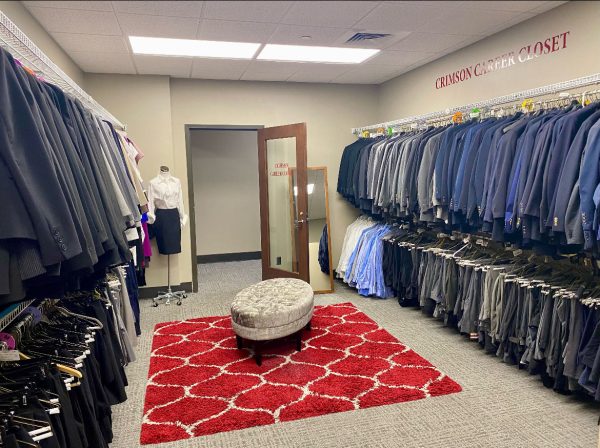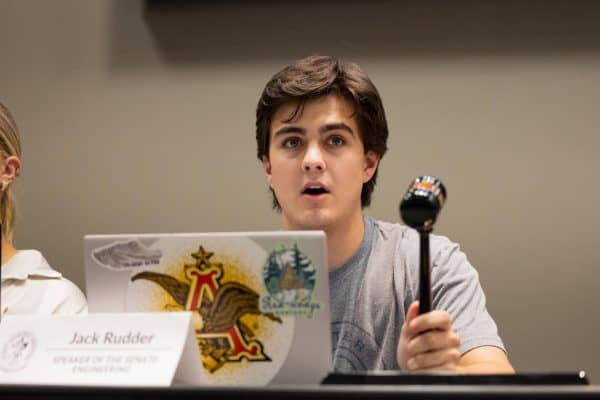Group assignments solve cheating
February 20, 2020
No one likes group work in college, but it is far and away the greatest defense against cheating that instructors have at their disposal.
Cheating is by no means a modern invention. Desperate, lazy and frustrated students alike have always been incredibly creative when it comes to bolstering their grades without actually studying for their required coursework. University of Alabama students are well aware of traditional methods of cheating, whether it be the usage of the Greek test bank or paying friends to write papers.
However, there is a new foe for purveyors of academic integrity. Technology has exacerbated the problem of cheating thanks to increased access to vast networks of platforms like Chegg and Quizlet, which provide answers to test questions and homework problems. Collaborative applications such as GroupMe serve as marketplaces for students selling cheating services.
Never before has cheating been easier. There have been efforts aimed toward solving the issue. For plagiarism, there is Turnitin. For in-test cheating, there are test proctors and lockdown browsers. For test banks, there are rotated tests and professor-written questions. For homework, there is time-limiting software and random generation. Yet, according to a 2017 survey by Kessler International, 86% of college students admit to participating in cheating in school. Cheating persists despite the best efforts of school officials.
Universities and colleges can cut down on cheating while simultaneously enhancing the academic experience of students through collaborative assignments. Collaborative assignments, or group projects, are open-ended by nature. They require organic idea generation and original implementation. This effectively circumvents the difficulties posed by more static tests and assignments since there are no singularly right answers. Rubric standards, rather than answer keys, are the measure of success for collaborative assignments. Cheating when there are no answers to copy and where plagiarism is screened is nearly impossible. Group assignments drive students to engage the material and get their hands dirty.
Group work doesn’t only alleviate the practice of cheating; it’s also the remedy for cheating’s most dangerous byproduct: poor comprehension of the assigned material. Research is very positive about the potential for collaborative work to improve student skills and content comprehension. Carnegie Mellon’s Eberly Center states that when designed, supervised and assessed properly, projects requiring students to work in groups allow learners to “tackle more complex problems than they could on their own…share diverse perspectives…[and] pool knowledge and skills.” When a plurality of voices is present at the ingestion of material, digestion is maximized and thoroughly rounded out to the benefit of the collective group. Instead of regurgitating material for the sake of a grade, students effectively master material through collaboration because there is no other option. To meet the demands of a complex task, there must be hard work present.
Students dislike working in groups because of challenging social dynamics and anxiety due to unequal work distribution. When organized effectively, however, collaborative assignments have the potential to create a vibrant educational environment that stifles cheating and enables true learning. Dishonesty corrupts the academic system. Professors and students alike should embrace group work, not as another behemoth task to complain about, but as an opportunity to learn more and learn better.


